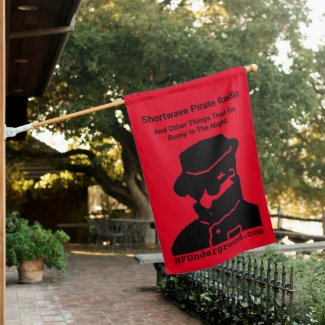While storm Bob kept me in the house, I decided to do an experiment with the MLA-30+. I found two old whips from an old TV rabbit ears antenna. They were about 34 inches when extended. I used them to see how the MLA-30+ would work as an amplified short dipole, similar to a mini-whip.
I was surprised by the combination. I thought it would be terrible. However, from about 1 to 4 MHz, the MLA-30+ was comparable to my 50 foot end fed random wire. I used the S/N estimator of the AirSpy HF + Discovery to measure the difference between the two antennas.
Here are some of the results (frequency in KHz, S/N difference in dB):
880 -12, 1080 -9, 1310 -5, 1420 -6, 1550 0, 1700 -5, 3330 0, 3870 -5, 3885 -10, 5025 -17, 5950 -18.
The MLA-30+ in this configuration is still no weak signal antenna. The test signals were all relatively strong signals. But, it was nice to see the idea did work.
Here are my thoughts on why the MLA-30+ compares to the EFRW over the limited frequency range;
a. Below 3 MHz, the matching transformer is not working very well to match the EFRW,
b. Also below 3 MHz, both are a short dipole,
c. The frequency region the S/N value is set by the environment noise and the high noise figure of MLA-30+ amplifier is not a problem.
Once you get above 6 MHz, this MLA-30+ configuration performance quickly becomes bad. It is the self noise of MLA-30+ that does this.
I wish I lived in an area with less noise sources in LF range. I suspect with 6 foot elements, the MLA-30+ might perform reasonable well.
I am open to hearing other peoples thoughts. Being married with children, I am used to be told I do not know what I talking about

Added, last night I tried it on the AM broadcast band. Even the signals were not as strong as the EFRW, the stations audio was better. It appears the balanced input of MLA-30+ amplifier is rejecting some of the local noise sources. I also found I can orient it for the best signal. I will be keep this around for future listening.



